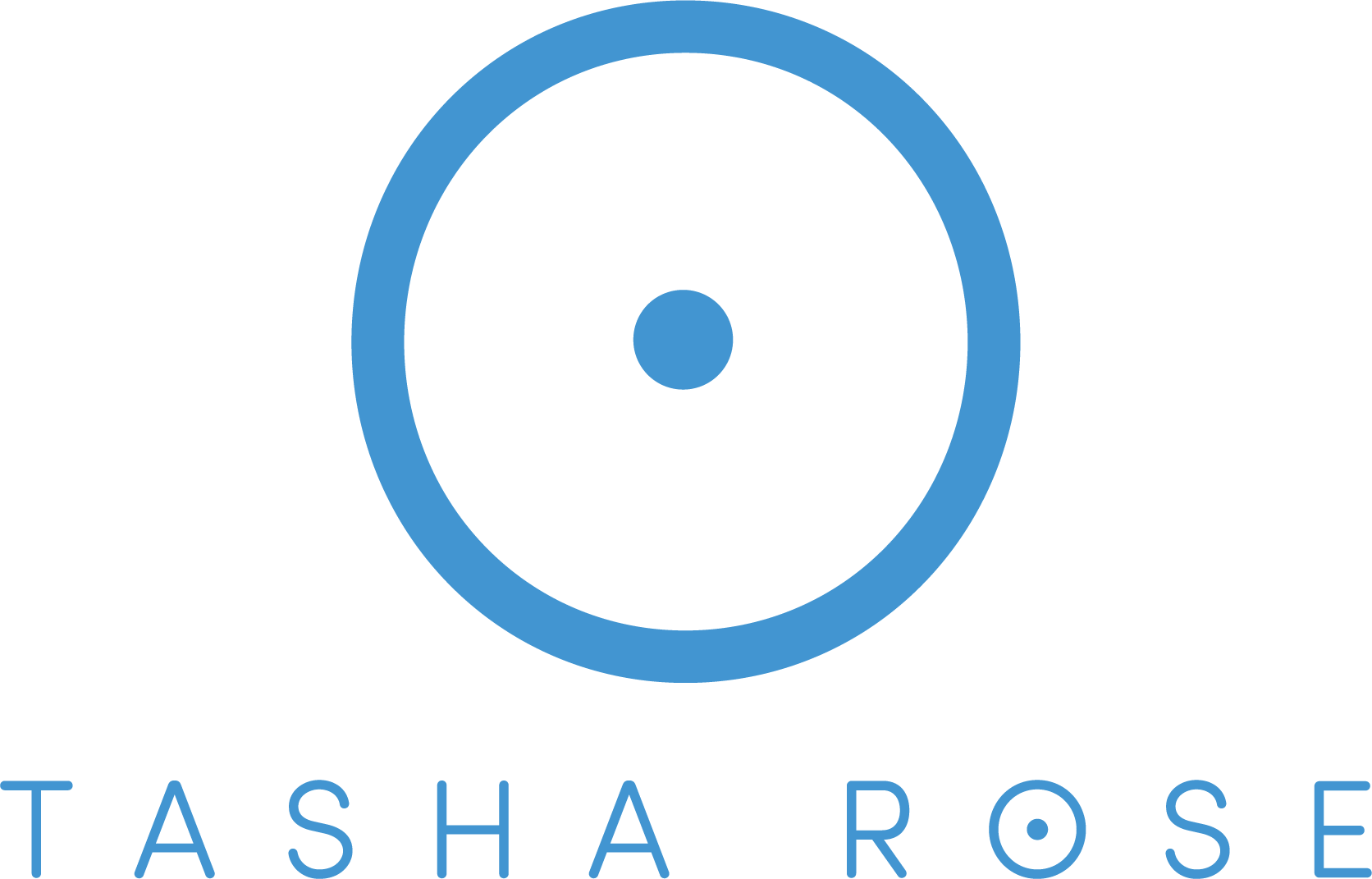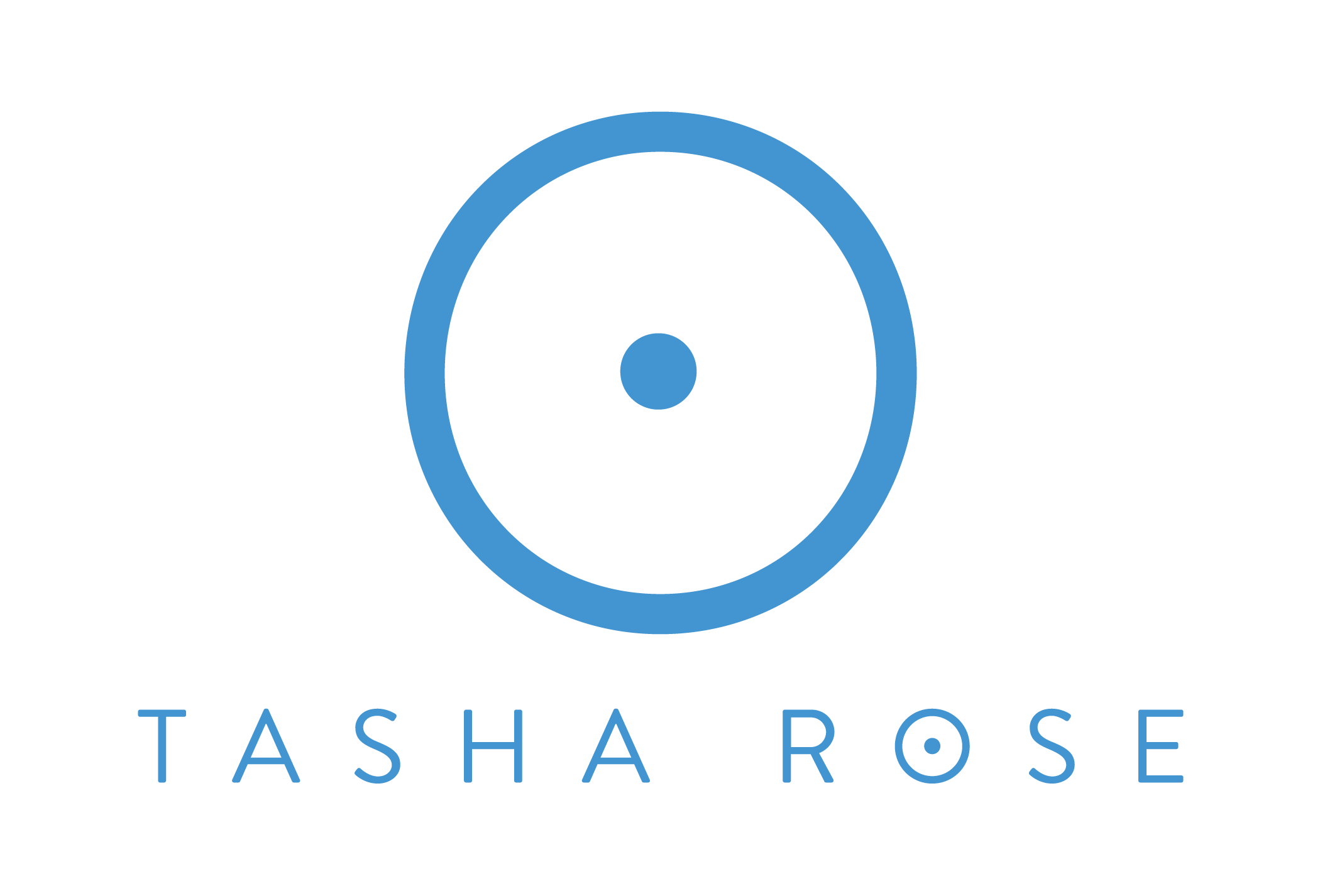Natural Organic Multivitamins, Do They Exist?
on Sep 25, 2023
A question I get all the time is: Do my kids take a multivitamin? The short answer is no, but this is our blog, and we go in depth here, so let me explain why.
First off, there are SO MANY multivitamins on the market, and many are:

Ugh, just reading this gets me all frustrated and angry. Why are there so many choices, and so many of them not even good choices?
Now, I get why multivitamins are recommended, and taken, by so many.
It’s much harder to get all the nourishment our bodies require from what we eat today, as it was compared to a few decades ago, regardless of whether you are eating the standard american diet, or eating most meals fresh from your farmers market. There are studies showing the nutritional content of fruits and vegetables has declined by up to 40% since the 1940’s (PMID: 34651542). Our soils are depleted, and many farmers are (sadly) content to provide less nutrients in their crops in exchange for a higher yield (PMID: 15637215).
Also, it’s estimated around half of the population has a MTHFR gene mutation (both my kids do), and this makes it more challenging for the body to break down and metabolize certain nutrients to their end-stage usable form, especially some B vitamins.
If you are taking a multivitamin, you want to make sure it is whole food derived, contains folate, and that the B12 is methylcobalamin, 5, 10-MTHF, or 5-MTHF. More info about these further down in the blog.
So what are we to do?
In my home, we drink daily nourishing infusions. Nourishing (nutritive) herbs are the safest class of herbs, and considered food because of their high vitamin and mineral content. They are safe for daily, long term use. Rarely people will have an allergy to one, but it can happen. My sister is allergic to Nettles, so she prefers Red Raspberry Leaf.
I most often drink Nettles, but I also rotate in Oatstraw, Comfrey Leaf, Dandelion Root, Burdock Root, Red Raspberry Leaf, Chickweed and a few others.
They each provide a plethora of vitamins and minerals that are bioavailable (easily absorbed and used by the body). I drink them in place of water for the most part. My son prefers Nettles and Oatstraw, my daughter prefers Comfrey and Oatstraw, and my husband prefers Nettles, Comfrey and Oatstraw.
I always use a nourishing infusion as the liquid when I make smoothies or popsicles. And often add them to my bone broths as well when making them.
They are whole food vitamins and minerals, just as Nature intends.
How to prepare a nourishing infusion
They are simple. I prepare them before bed and then pop them in the fridge in the morning. You’ll need a half gallon mason jar, clean water and your dried plant material. That’s it.

Check out #TRnourishingherbs on Instagram for more info and stay tuned here for deep dives into individual nourishing herbs as well.
Ok, as promised, let’s dig a little deeper into folate and methylcobalamin
FOLATE (Vitamin B9)
Folate is water soluble, meaning it doesn’t get stored in the body, and must be replenished regularly through diet (ideally), or supplementation.
The following foods have high levels of folate:
- Beef liver
- Cooked spinach (and other dark leafy greens)
- Black eyed peas (and other beans)
- Asparagus
- Brussel sprouts & broccoli
- Avocado
Folate supports:
- Neural tube development during pregnancy
- DNA production
- Healthy aging
- Brain health and function
- Mood
- Immune system
- Kidney and liver function
- Bone health
- Fertility
Folate vs. folic acid
Folic acid is synthetic, and our bodies don’t convert it into active B9 very well, meaning we absorb less, thus having less available for optimal functioning. Unmetabolized folic acid can build up in your bloodstream, putting added stress on the liver, and compromising your immune system (PMID: 27012626).
Folate can also be listed as
- Dihydrofolate (DHF) - folic acid derivative
- Tetrahydrofolate (THF) - folic acid derivative
- 5, 10-methylenetetrahydrofolate (5, 10-MTHF) - more bioavailable than folic acid
- 5-methyltetrahydrofolate (5-MTHF) - more bioavailable than folic acid
COBALAMIN (Vitamin B12)
Vitamin B12 is water soluble, BUT unlike other water soluble vitamins, it CAN be stored long term in the body (liver).
The following foods have high levels of cobalamin:
- Beef liver
- Tuna
- Salmon
- Raw Dairy
- Beef
- Eggs
As you can see these are all animal based, so often vegans need to be more aware of their B12 levels.
Cobalamin supports:
- Central nervous system function
- Red blood cell formation
- Enhancing immune function
- DNA synthesis
- Cardiac function
- Sleep
- Conversion of fat and protein into energy
Methylcobalamin vs. cyanocobalamin
Cyanocobalamin is synthetic and requires extra steps to be used by the body. The liver must first "detoxify" the cyanide molecule in cyanocobalamin, and then attach a methyl group to form methylcobalamin. Research shows that when we ingest methylcobalamin more cobalamin accumulates in the liver (this is what we want), versus when we ingest cyanocobalamin.
There are too many names that B12 could be listed as to put them all here, but this dietary supplement label database page has them all.
Are we all on board to drink daily nourishing infusions now? Which one do you want to try first?


